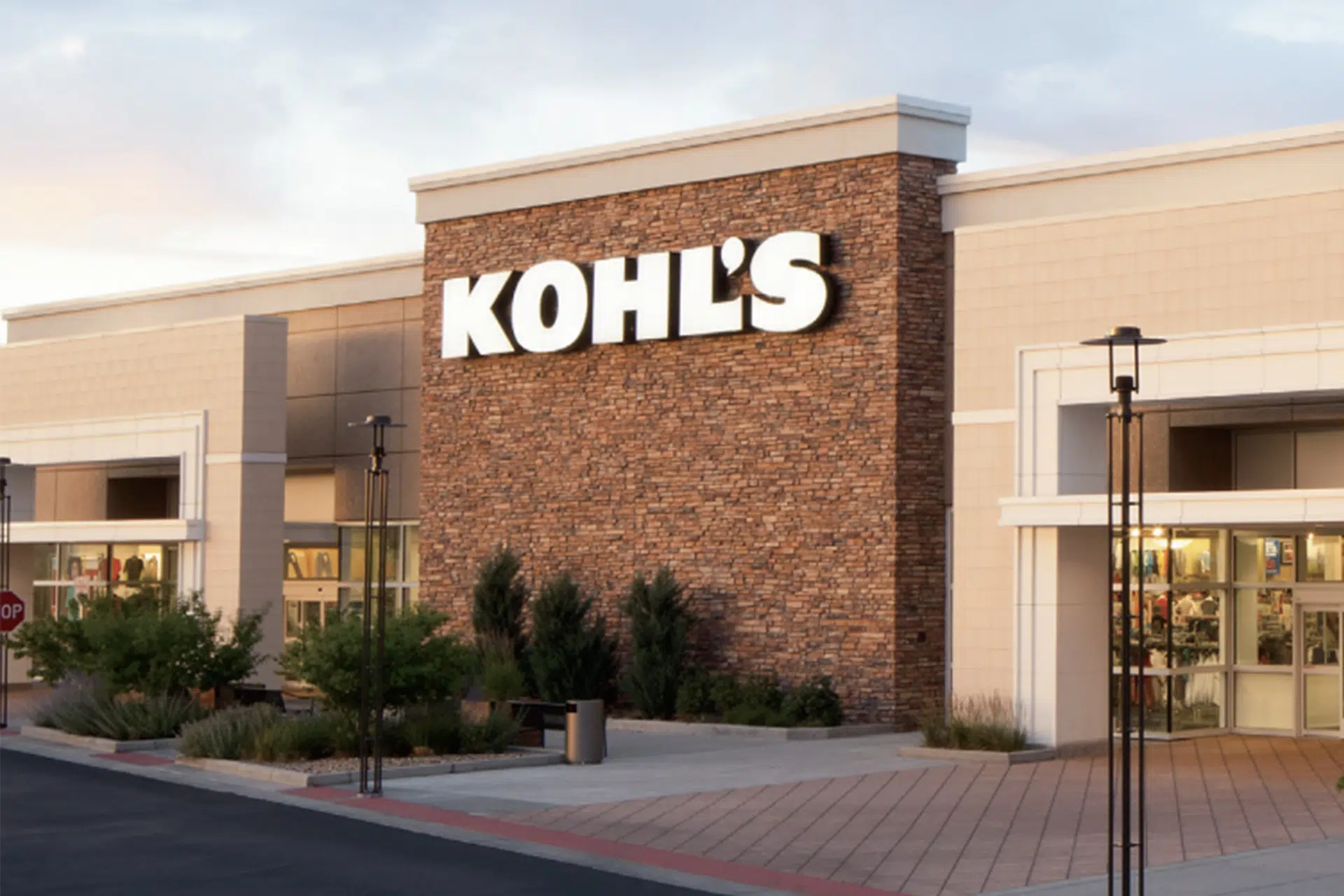In the investment world, few events have captured widespread attention quite like a short squeeze, especially the explosion of GameStop (GME) in early 2021. Retail investors, fueled by social media coordination, drove up the stock price dramatically, forcing short sellers to cover their positions at huge losses. But did other companies, like Kohl’s (KSS), experience similar short squeeze conditions early on? Let’s explore and compare the two case studies.
The GameStop Short Squeeze: A Brief Overview
GameStop (GME), a well-known brick-and-mortar video game retailer, became the poster child of a short squeeze. Hedge funds and institutional investors had heavily shorted GME — betting its stock price would decline — with short interest soaring well over 100% of shares available.
By January 2021, the short interest ratio (also called the “days to cover”) was over 12 days, indicating a massive risk for short sellers. Simultaneously, retail traders on Reddit’s WallStreetBets coordinated to buy and hold GameStop shares, fueling a rapid rise in the stock price from around $20 to an astonishing over $400 within weeks. As the price soared, short sellers faced massive margin calls, forcing them to buy back shares at the higher price, which further drove the stock price up — a typical short squeeze spiral.
Key factors during GME’s surge:
- Extreme short interest (> 100% of float)
- High days-to-cover ratio (possible to cover short position in days)
- Social media coordination and viral momentum
- Short sellers scrambling to cover at the peak
This event was driven by a mixture of market mechanics and social psychology, creating an explosive market phenomenon that made headlines worldwide.
Kohl’s: Did It Experience a Similar Short Squeeze?
Kohl’s (KSS), a retail chain with a long history, was also heavily shorted— but it did not experience a GME-style short squeeze at the start.
While Kohl’s stock had a high short-interest ratio, it lacked several crucial ingredients that fueled the GameStop frenzy:
Key differences:
- Short interest levels: While high, they did not exceed 100% of available shares. Short interest hovered around 20-30%, which is significant but not as extreme.
- Market narrative: Kohl’s lacked the meme stock appeal or viral social media movement. It didn’t attract the same retail-driven hype.
- Price activity: After any decline, Kohl’s monthly or quarterly moves remained within narrow ranges, with no rapid, exponential surges.
- Retail campaign: No organized, viral retail movement coordinated to buy or hold Kohl’s shares en masse.
What happened afterward?
In some instances, Kohl’s saw modest price rebounds or continued sideways trading, but no dramatic short squeeze occurred. Investors perhaps viewed Kohl’s as fundamentally challenged but less speculative than GME.
Some traders might have hoped for a squeeze, but the absence of social momentum, combined with less-than-astronomical short interest, kept Kohl’s from replicating GME’s fireworks.
Why the Difference?
Analyzing these two cases reveals the critical ingredients behind a short squeeze:
| Aspect | GameStop | Kohl’s |
|---|---|---|
| Short interest | Over 100% of float | 20-30% of float |
| Market narrative | Meme stock, social hype | No meme hype, fundamentals challenged |
| Social momentum | Viral social media driving buying | No organized retail rally |
| Price response | Explosive, exponential growth | Small fluctuation, sideways trend |
| Short sellers’ fate | Forced to buy back at high prices | No such pressure |
The market mechanics such as high short interest and days to cover are necessary but not sufficient for a squeeze unless amplified by social sentiment. GME’s explosive rise was as much social phenomenon as it was a technical trading event.
What Can Investors Learn?
- A large short interest is a warning sign but does not guarantee a squeeze.
- Social media hype or viral campaigns significantly increase the likelihood.
- Companies with high fundamental challenges and no retail rally backing tend to remain volatile or decline without a squeeze.
In conclusion, while both stocks experienced significant drops in the past, only GameStop experienced a full-blown short squeeze driven by social momentum and technical risks. Kohl’s displayed typical volatility but didn’t reach the same explosive levels.
Disclaimer:
This blog is for educational purposes. Always do your own research before investing.
